Liquid Rituals
Ephemeral gardens
On the edge of liminal grounds
In a grain of sand I see a town
Anatomy of the ceramic tile – An invisible simulacra
Mr. Kuma, Why Do I Keep Crashing Into You?
When Windows
Become Walls
Masterplan: Flipping StrijpS
and
Burning Membrane
Human Habitat
Circle – Minimal Urban Structure
Ephemeral gardens

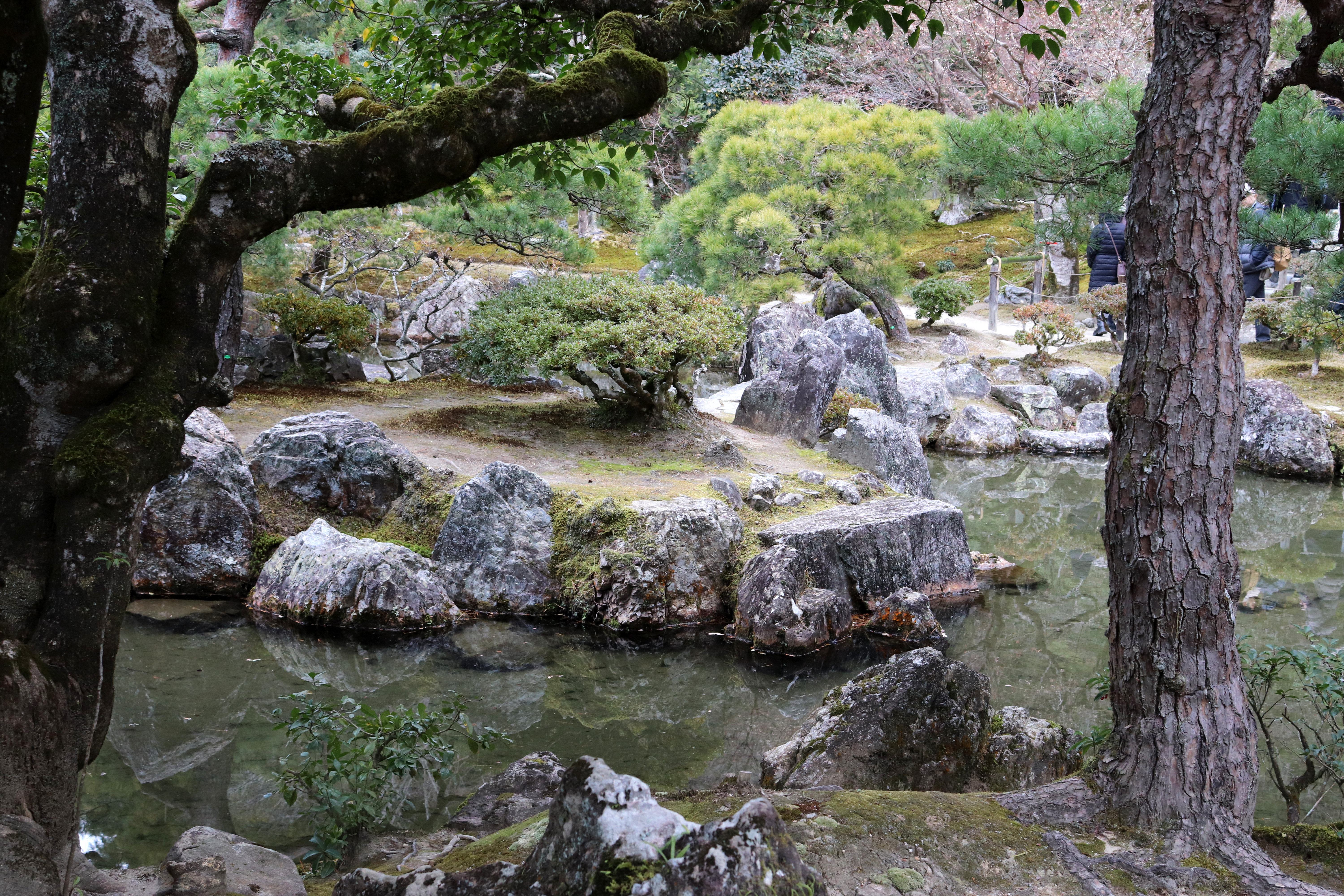
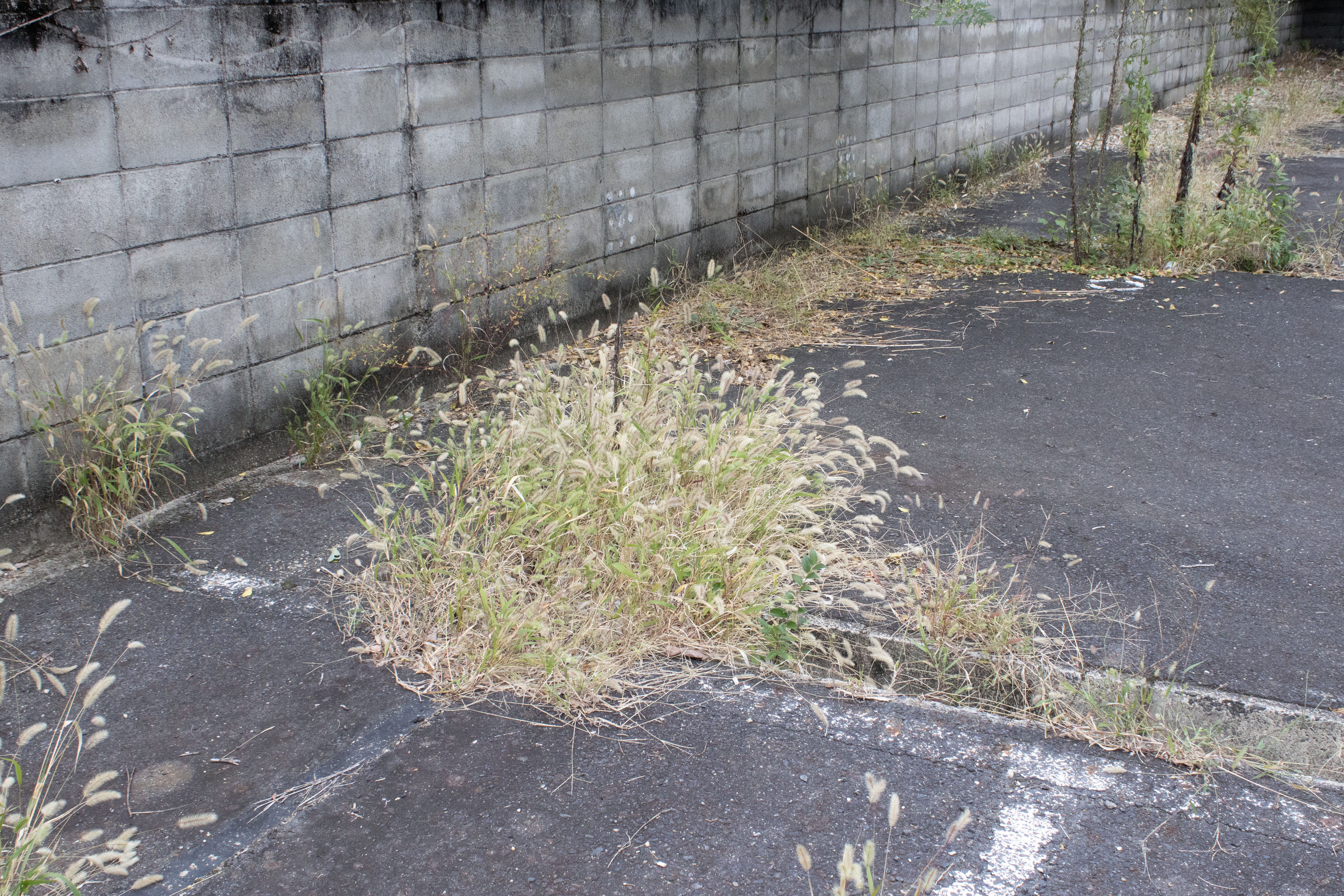


Pictures of gardens and green areas in Kyoto.
Oct. 2024 - present
Ephemeral gardens is a research project which analyses processes of maintenance and control within artificial green areas. By focusing on Japanese gardens as case studies, the work explores the tensions and balances between practices of preservation of wild vegetation and the production of green areas as confined spaces.
The project, part of a fellowship program at ICA Kyoto, began with direct experience and observation of several gardens in Kyoto, as well as reflections and investigations on the relationship between urban development and green areas.
The project, part of a fellowship program at ICA Kyoto, began with direct experience and observation of several gardens in Kyoto, as well as reflections and investigations on the relationship between urban development and green areas.
This initial period was coupled with many conversations and unexpected encounters – revolving around the research topic – which shaped a more personal interpretation and vision of how Japanese gardens are intertwined with the urban context of Kyoto.
Based on the notion that maintenance and preservation are key nodules in the mutation and creation of ecosystems, the project reflects on the natural dynamics of the garden as a space of ambiguity and discomfort, built on the human need of confining wild greenery to generate spaces in between the romantic illusion of nature and the safety of confined spaces.
Based on the notion that maintenance and preservation are key nodules in the mutation and creation of ecosystems, the project reflects on the natural dynamics of the garden as a space of ambiguity and discomfort, built on the human need of confining wild greenery to generate spaces in between the romantic illusion of nature and the safety of confined spaces.

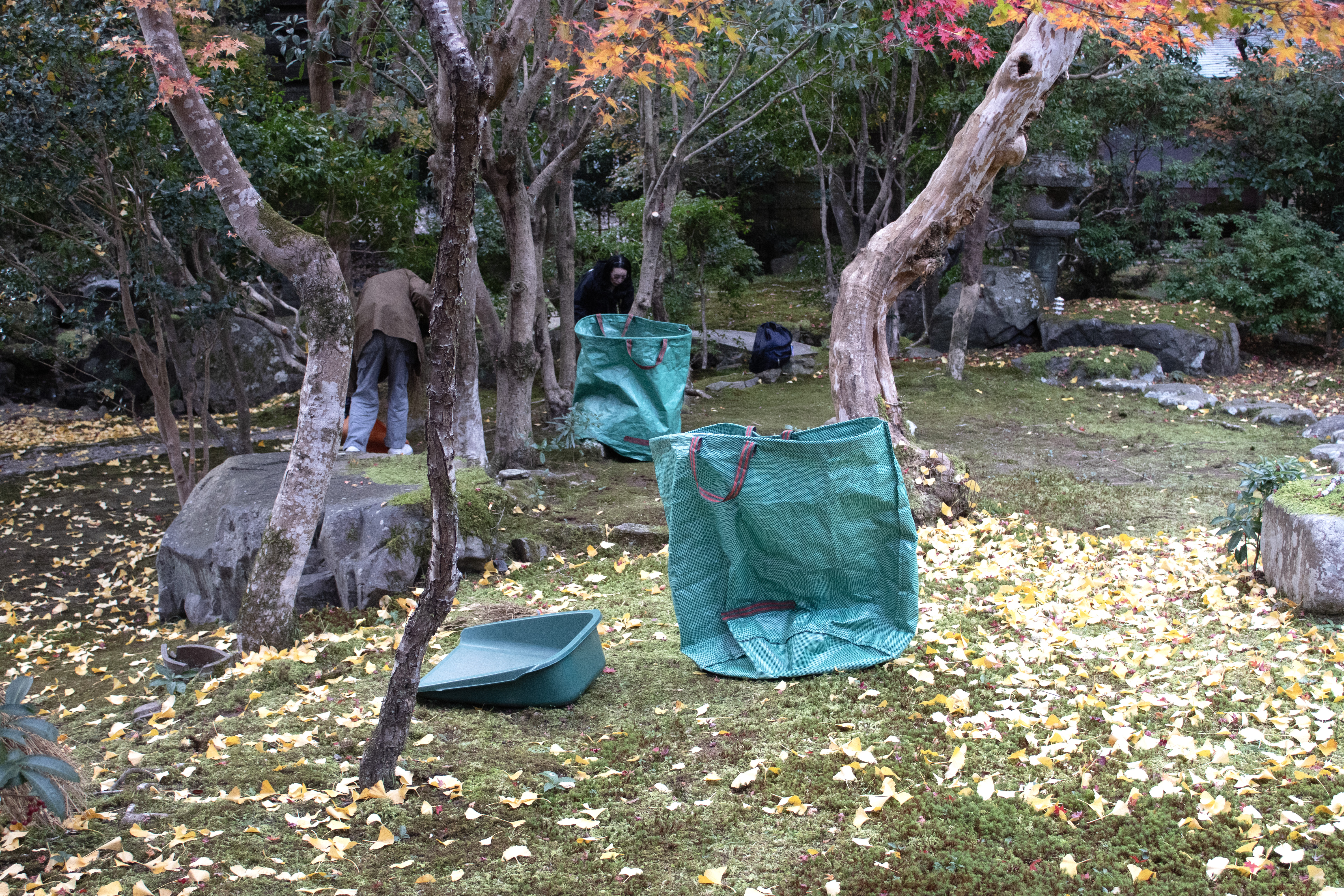
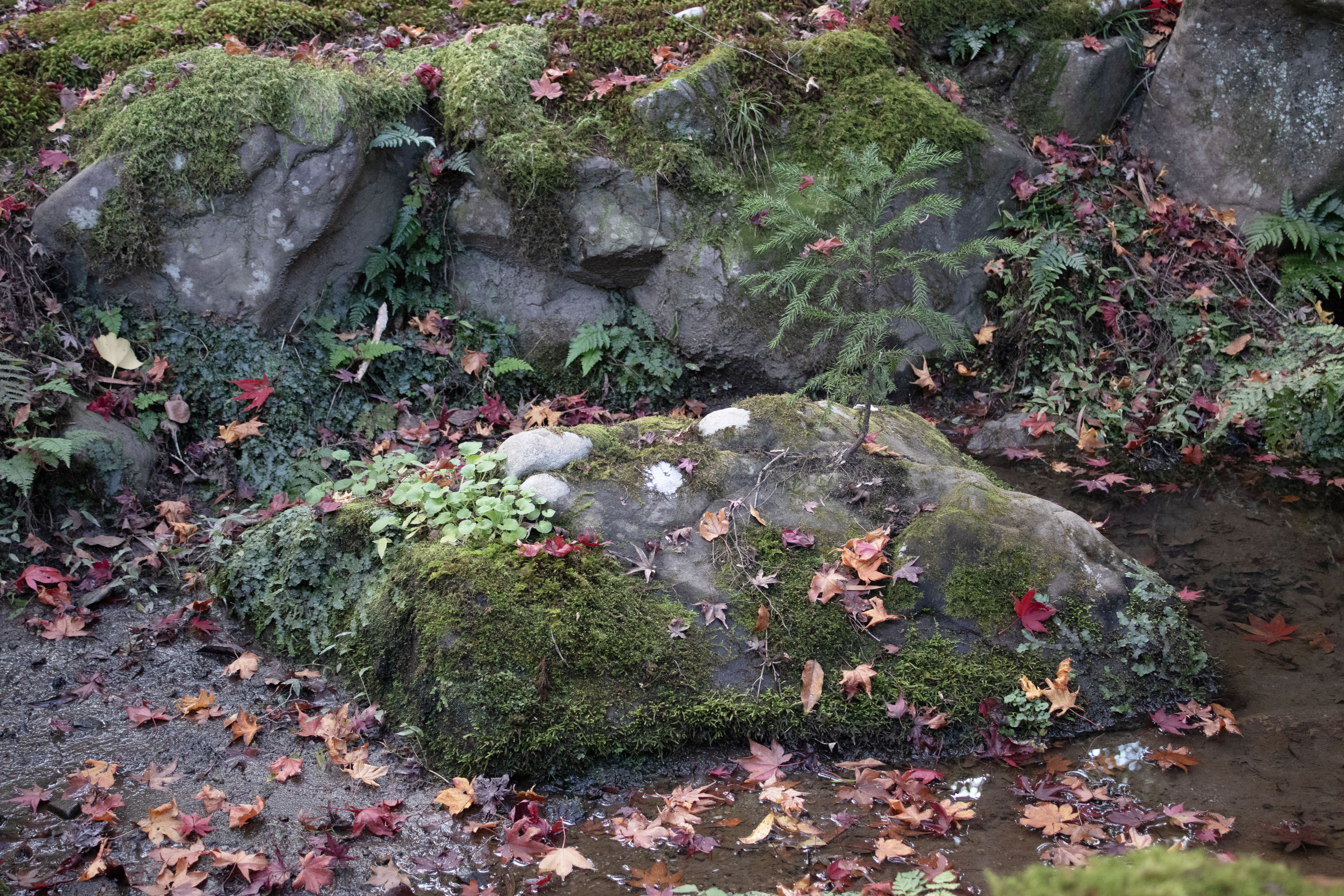
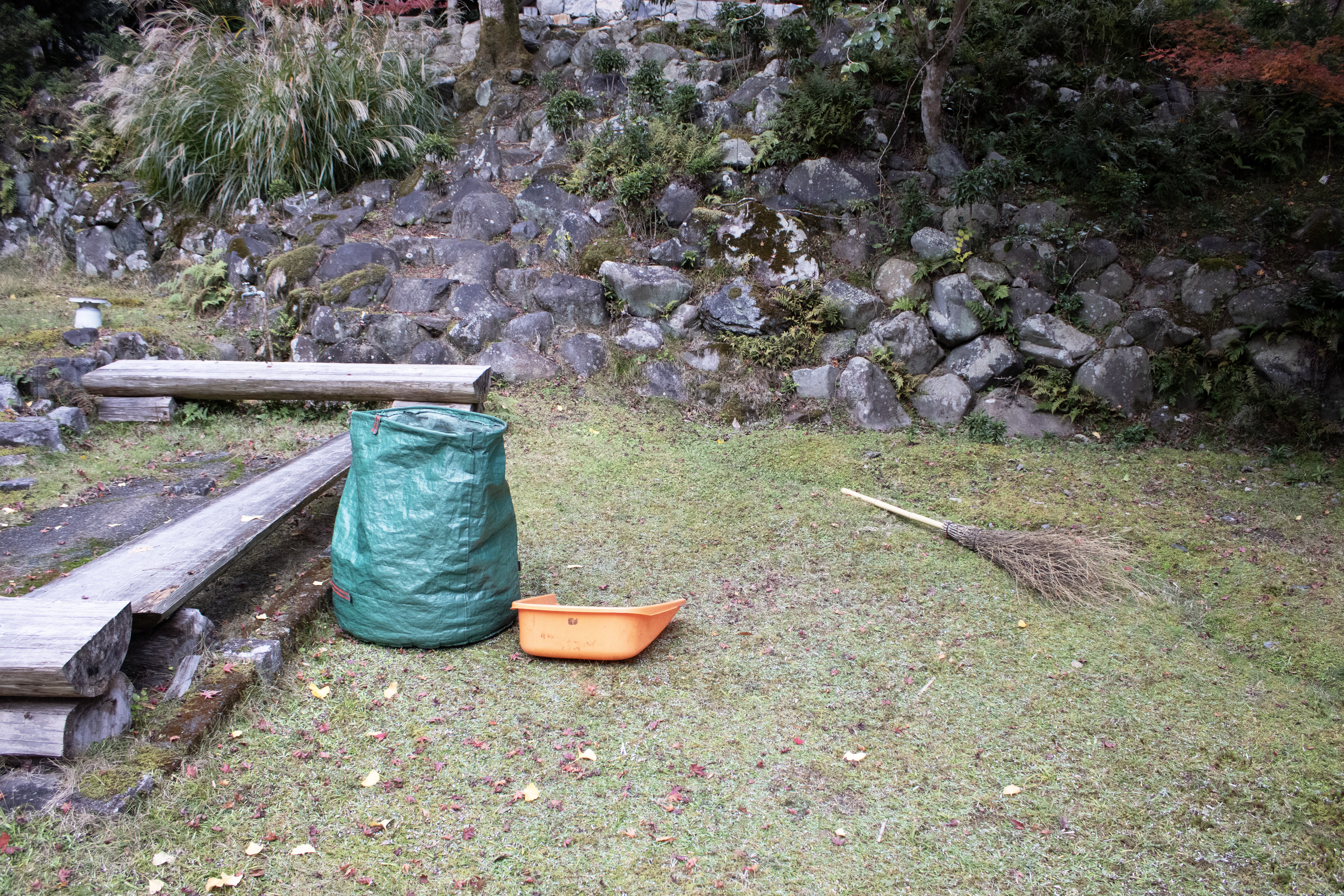
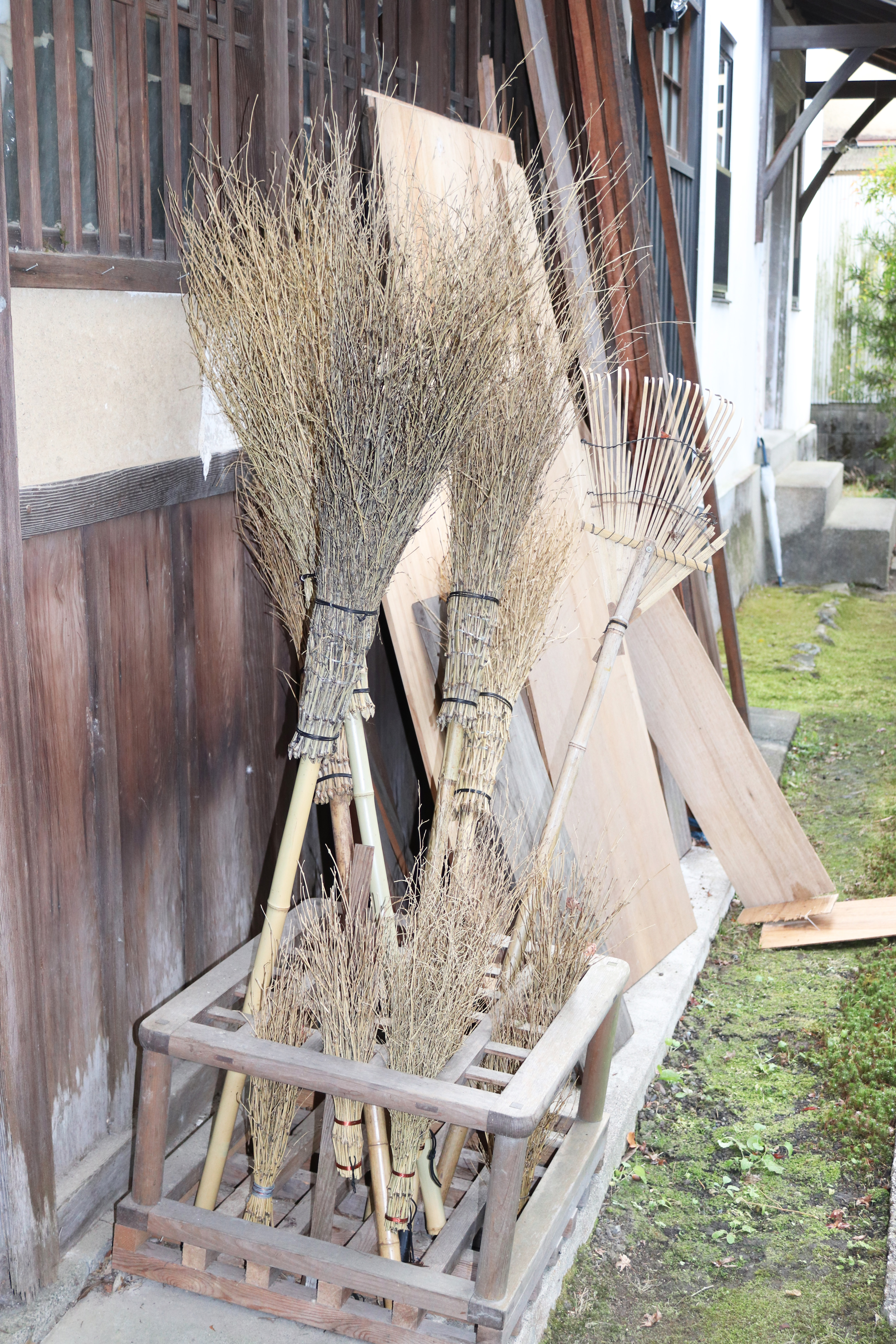
The garden cleaning activity in Seiken-ji.
During the preliminary phase of the project two locations proved to be fundamental case studies on the notion of gardens as wild spaces: the Seiken-ji temple and the Kagata’s family residence. The gardens in each location differ in such a way that forces a reflection on the boundaries of control within tended green areas and the ways in which they are perceived and inhabited.
In the garden of the Seiken-ji temple–located in the north of Kyoto, at the feet of the Hiei mountain–locals gather once a week to collectively engage in a light form of maintenance, aimed at preserving the natural state of vegetation and landscape. This subtle process of tending to a space through a very light human touch accompanies the natural patterns of the vegetation.

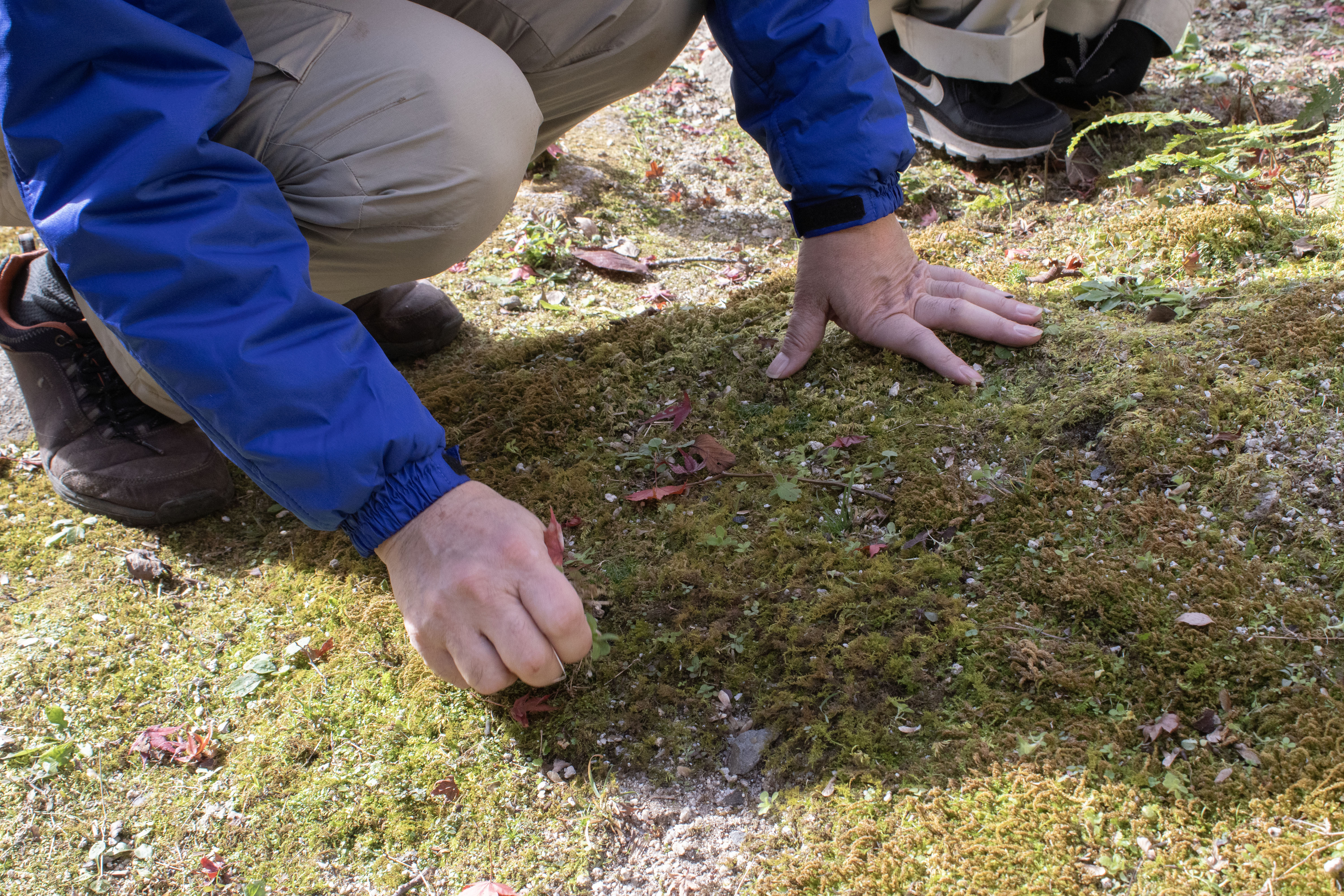
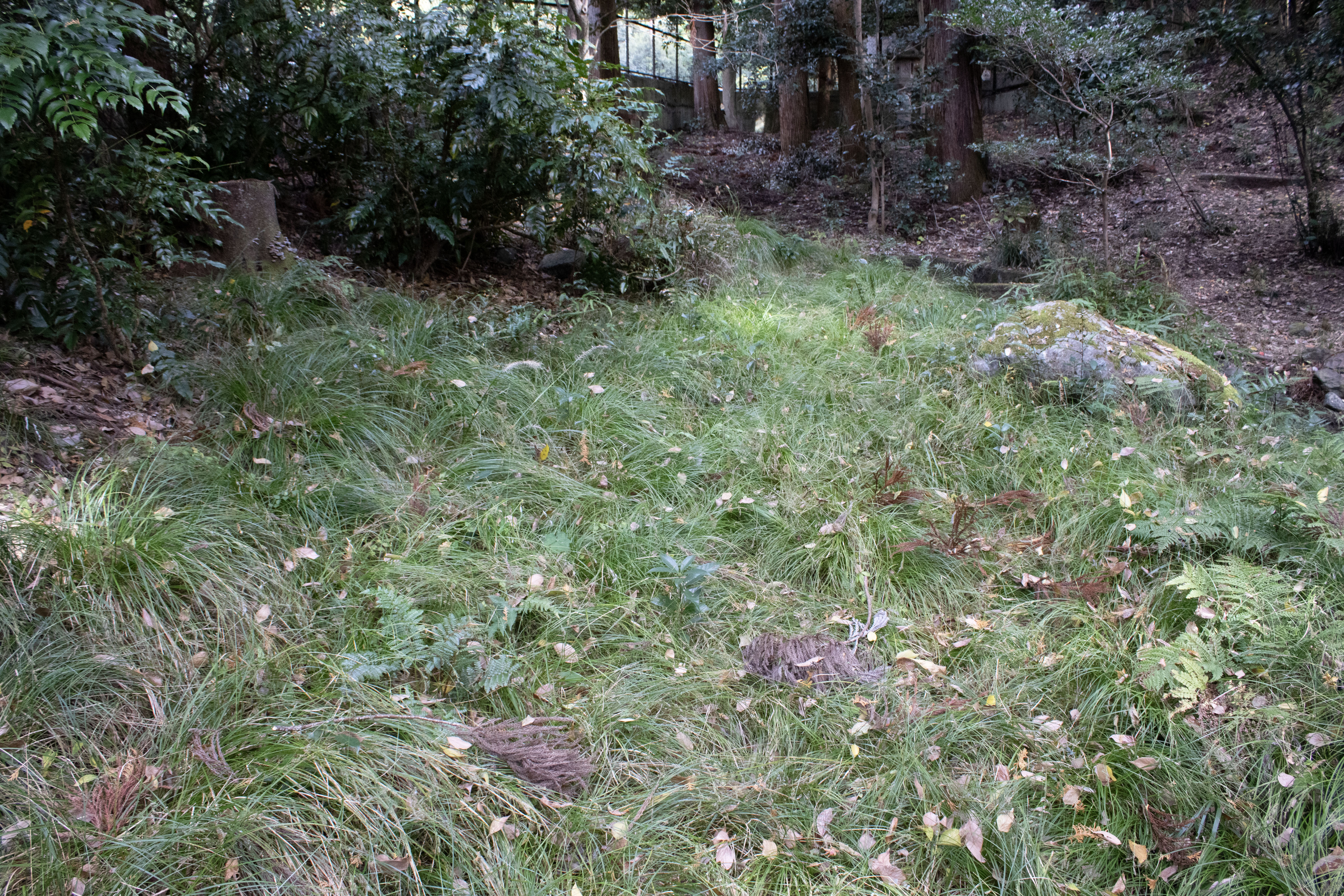


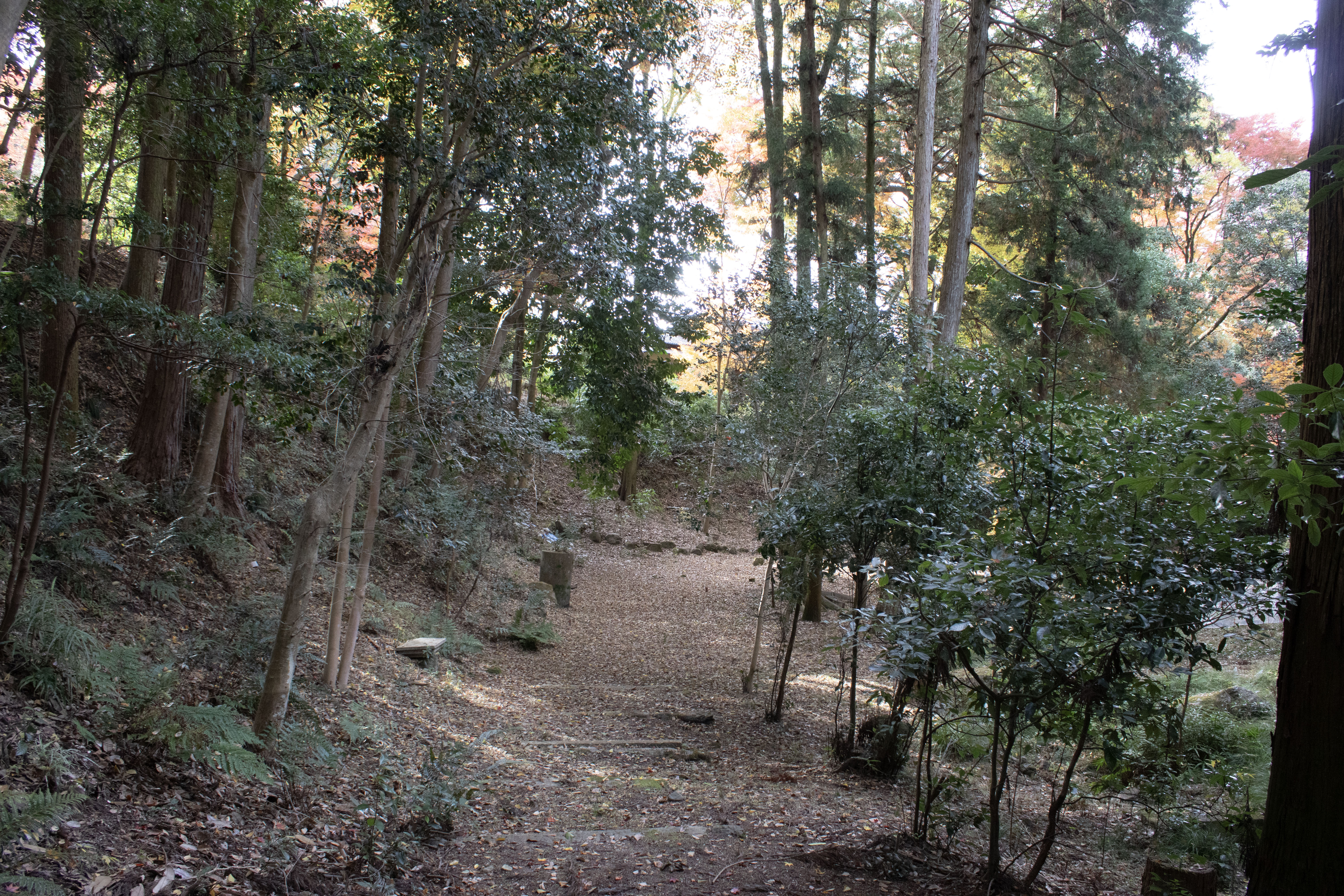
The garden in Kagata’s family residence.
The second case study is the Kagata’s family residence garden, located close to Seiken-ji, property of the Kyoto Municipality. The space, after being abandoned for several years, is currently undergoing restoration through the efforts of professor Naka Takohiro and his students from the Kyoto University of the Arts. The uniqueness of the place lies in the garden, which has remained untouched between 30-40 years. There, the vegetation is overrun by the same elements which are normally object of regular maintenance and cleaning. What is left is a fence, which now separates two identical landscapes both within and outside of metallic walls. In the absence of any distinction between these two sides of the same ecosystem, this space is still referred to as a garden.
Through the constant practice of cleaning these gardens myself, I have started to perceive and approach the act of cleaning and restoration as a non-intrusive action rather than a shaping practice. The garden becomes a spontaneous and unpredictable space, in which the human presence is a light and imperceptible mark. In the next few months the research will explore how the concepts of wild and ambiguous are related to Kyoto and its gardens. Moreover, through reflecting on my experiences as an individual in these spaces, I will delve into reality and daily incomprehension.
Through the constant practice of cleaning these gardens myself, I have started to perceive and approach the act of cleaning and restoration as a non-intrusive action rather than a shaping practice. The garden becomes a spontaneous and unpredictable space, in which the human presence is a light and imperceptible mark. In the next few months the research will explore how the concepts of wild and ambiguous are related to Kyoto and its gardens. Moreover, through reflecting on my experiences as an individual in these spaces, I will delve into reality and daily incomprehension.
The research will be developed through a publication that reflects upon the generation of green areas, using Japanese gardens in Kyoto in contraposition to green uncultivated and not managed public areas around the city. The focus of the research is demonstrating and reflecting on how Japanese gardens share the same sense of ephemerality with underdeveloped public green spaces, illustrating and exploring specific case studies of Kyoto and analysing the process of maintenance of these spaces.
By using Japanese gardens in Kyoto as an observation lens, I am reflecting on the role of green spaces in the urban context as spaces of continuous tension and dynamics of enclosure and opening, where human labor is manifested. The short-essay challenges and acquires the perspective of Japanese gardens as wild spaces where the human intervention is manifested in an apparently subtle process, making them a replica and continuity of neglected natural areas presented in the urban landscape.
Throughout the text, as theories and inquiries unfold, the essay alternates with diary notes exploring my journey in Kyoto’s life, made of misunderstandings and awkwardness. The diary part wants to stress the relationship existing between my understanding of Kyoto and how it relates to the maintenance work in Japanese gardens.
By using Japanese gardens in Kyoto as an observation lens, I am reflecting on the role of green spaces in the urban context as spaces of continuous tension and dynamics of enclosure and opening, where human labor is manifested. The short-essay challenges and acquires the perspective of Japanese gardens as wild spaces where the human intervention is manifested in an apparently subtle process, making them a replica and continuity of neglected natural areas presented in the urban landscape.
Throughout the text, as theories and inquiries unfold, the essay alternates with diary notes exploring my journey in Kyoto’s life, made of misunderstandings and awkwardness. The diary part wants to stress the relationship existing between my understanding of Kyoto and how it relates to the maintenance work in Japanese gardens.
Resources
Clément, Gilles. Manifesto of the Third Landscape. Paris: Éditions Sujet/Objet, 2004.
Keane, Marc Peter. The Art of Setting Stones: And Other Writings from the Japanese Garden. Berkeley: Stone Bridge Press, 2002.
Keane, Marc Peter. “The Poetry of Plants.” Kyoto Journal 104, 2023.
Kuitert, Wybe. Themes, Scenes, and Taste in the History of Japanese Garden Art. Amsterdam: J.C. Gieben, 1988.
Matsuoka, Seigō. Flowers, Birds, Wind, and Moon: The Phenomenology of Nature in Japanese Culture. Tokyo: Japan Publishing Industry Foundation for Culture, 2020.
Perazzi, Antonio. La natura selvatica del giardino – Elogio alle erbacce. Turin: Utet, 2019.
Tachibana no Toshitsuna. Sakuteki – The Book of Garden. 11th Century.
Tanizaki, Jun’ichirō. In Praise of Shadows. New Haven: Leete’s Island Books, 1977.
Keane, Marc Peter. The Art of Setting Stones: And Other Writings from the Japanese Garden. Berkeley: Stone Bridge Press, 2002.
Keane, Marc Peter. “The Poetry of Plants.” Kyoto Journal 104, 2023.
Kuitert, Wybe. Themes, Scenes, and Taste in the History of Japanese Garden Art. Amsterdam: J.C. Gieben, 1988.
Matsuoka, Seigō. Flowers, Birds, Wind, and Moon: The Phenomenology of Nature in Japanese Culture. Tokyo: Japan Publishing Industry Foundation for Culture, 2020.
Perazzi, Antonio. La natura selvatica del giardino – Elogio alle erbacce. Turin: Utet, 2019.
Tachibana no Toshitsuna. Sakuteki – The Book of Garden. 11th Century.
Tanizaki, Jun’ichirō. In Praise of Shadows. New Haven: Leete’s Island Books, 1977.